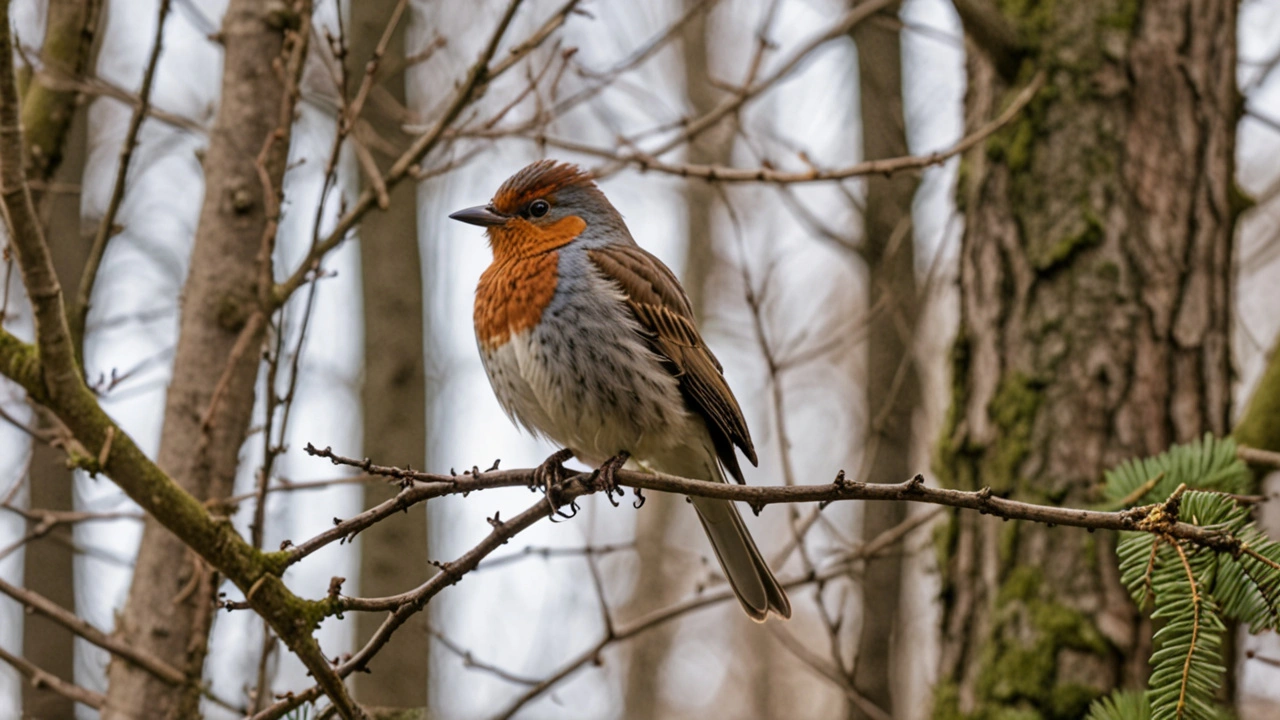Wild Birds: How to Attract, Feed, and Keep Them Safe
Want more wild birds in your yard without turning your garden into a mess? Small, simple changes make a big difference. This guide gives clear, practical tips you can use right away: what to feed, where to place feeders, how to identify common backyard species, and how to keep birds healthy and safe.
Best food and feeders — what actually works
Start with plain black oil sunflower seed. It attracts the widest range: finches, sparrows, cardinals, and jays. Offer nyjer seed for goldfinches in a mesh sock feeder. For woodpeckers and nuthatches use suet or suet cakes in winter. Avoid mixes with lots of filler (like red millet) — birds skip it and it just blows away.
Use at least two feeder types: a tube feeder for small seeds and a platform or hopper feeder for mixed sizes. Place feeders near cover (shrubs or trees) so birds can quickly escape predators, but keep them 3–4 meters from windows to reduce collisions. Clean feeders every two weeks with hot water and mild soap; rinse well. In wet weather clean more often to prevent mold and disease.
Simple ID tips and seasonal care
Learn a few quick IDs: sparrows are small and streaky, finches have conical bills, and woodpeckers have stiff tails and a chisel bill. Use a phone app like Merlin or a local field guide to confirm sightings. Binoculars with 7x–10x magnification are enough for backyard viewing.
In winter focus on high-energy foods: sunflower seeds and suet. In spring and summer reduce suet as natural insects return; provide fresh water and nesting material (unwaxed cotton or dry grass). Keep a shallow birdbath with a heater or change water daily in freezing weather. In hot months refresh water every day to prevent mosquito breeding.
Watch for common health issues. Birds can pick up salmonella and other infections from dirty feeders and wet seed. Signs of sickness include fluffed feathers, unusual droppings, lethargy, or birds sitting alone. If you see multiple sick birds remove feeders and clean everything. Contact a local wildlife rehab or bird rescue for advice if you find an injured or very sick bird.
Respect local rules: feeding is great, but in some areas it can change bird behavior or harm local ecosystems. Check local birding groups or conservation agencies for area-specific tips. Keep records of what you see — a simple notebook or app log helps spot seasonal changes and which foods work best.
Final quick checklist: 1) Offer black oil sunflower and nyjer; 2) Use two feeder types and place them near cover but away from windows; 3) Keep water available year-round; 4) Clean feeders regularly; 5) Learn a few ID signs and log sightings. Do these and your yard will become a bird-friendly spot that’s safe for birds and enjoyable for you.

The Hidden World of Deplumation in Wild Birds: Causes, Effects, and Conservation Efforts
Deplumation in wild birds refers to the loss of feathers due to various factors. This article discusses the main causes of feather loss in birds, the effects it has on their health and survival, as well as the ongoing conservation efforts to mitigate this issue. It also provides interesting facts and practical tips on how to support bird conservation from home.
Categories
- Medications (50)
- Health and Medicine (47)
- Health and Wellness (34)
- Online Pharmacy Guides (15)
- Nutrition and Supplements (7)
- Parenting and Family (3)
- Environment and Conservation (2)
- healthcare (2)
- prescription savings (1)



